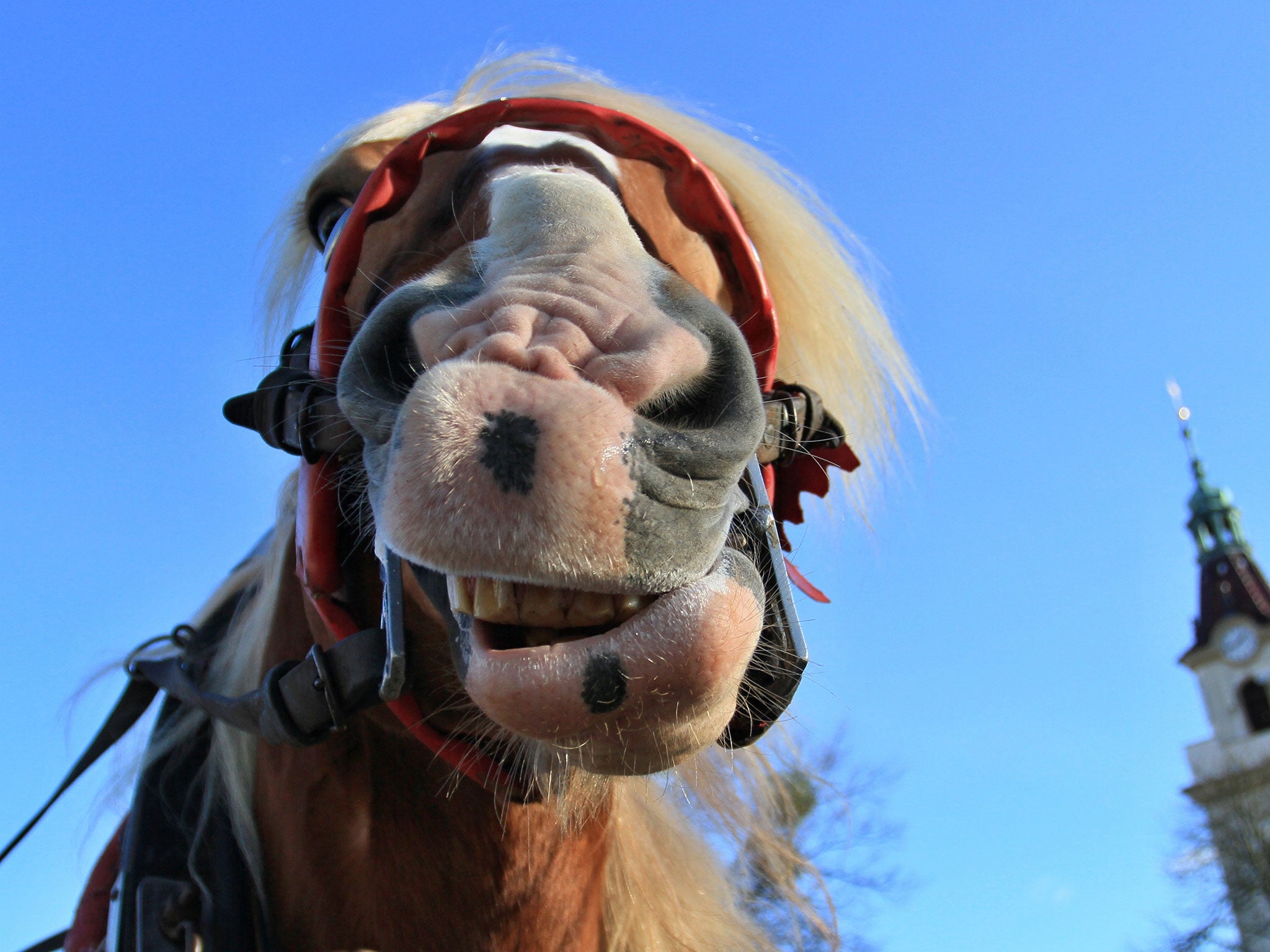Horse breeding brings Cuba a rich new source of income - thanks to thoroughbreds from the Netherlands
A recent auction saw 31 horses sold for a total of about $435,000 to buyers from Brazil, Canada, Guatemala, the Netherlands and Mexico

Your support helps us to tell the story
From reproductive rights to climate change to Big Tech, The Independent is on the ground when the story is developing. Whether it's investigating the financials of Elon Musk's pro-Trump PAC or producing our latest documentary, 'The A Word', which shines a light on the American women fighting for reproductive rights, we know how important it is to parse out the facts from the messaging.
At such a critical moment in US history, we need reporters on the ground. Your donation allows us to keep sending journalists to speak to both sides of the story.
The Independent is trusted by Americans across the entire political spectrum. And unlike many other quality news outlets, we choose not to lock Americans out of our reporting and analysis with paywalls. We believe quality journalism should be available to everyone, paid for by those who can afford it.
Your support makes all the difference.It has long been famed for the quality of its rum and the calibre of its finest cigars. Now Cuba is carving out a new luxury niche that is attracting Latin America’s rich to the Communist-run island: thoroughbred jumping horses.
By importing colts and fillies from the Netherlands to train for eventing, Cuban trainers are creating prized competitors capable of fetching more than $40,000 (£26,000) each from buyers at private auctions, with much of the proceeds going back to the government-led enterprise.
At a recent auction at the National Equestrian Club, well-heeled horse collectors – an unexpected sight in what, despite reforms, remains a Communist state – gathered in the heat to sip wine and scan the Dutch Warmbloods paraded before them for a possible champion.
During the evening, 31 horses sold for a total of about $435,000 to buyers from Brazil, Canada, Guatemala, the Netherlands and Mexico.
“The great advantage is that they are already in the Americas,” said Cecilia Pedraza, a Mexico City collector who bought several horses. “In addition, they have been trained very well. They are advanced for their age, very well-behaved, perform concentrated jumps and have excellent bloodlines.”
Rufino Rivera, from Xalapa in Mexico, paid about $17,000 for a horse he hopes will follow the path of Aristotelis, a prize-winning jumper he bought at the club’s first auction six years ago.
Cuba’s tradition of breeding and training horses dates to the 16th century, but after the 1959 Communist revolution, Fidel Castro’s government banned racing along with gambling and professional sports. Since 2005, however, Cuba has been importing and training horses to earn badly needed foreign currency – and the pace has stepped up with liberalisation.
The National Equestrian Club has 117 horses in stables in Lenin Park on the outskirts of Havana, and is investing the proceeds of sales into breeding more animals locally.
Willy Arts, the head of the Royal Dutch Sport Horse association’s North American wing, said there was growing demand for high-quality show-jumping horses and Cuba’s programme could be important to people looking to buy at more accessible prices.
Maydet Vega, a veterinarian who oversees the horse-breeding centre where an artificial insemination programme is being developed, said breeding foals in Cuba allowed the horses to adapt to hot and humid conditions from the start. “They can adapt to the tropical conditions of our climate so people can have them in all countries in the Americas,” she said.
AP
Join our commenting forum
Join thought-provoking conversations, follow other Independent readers and see their replies
Comments